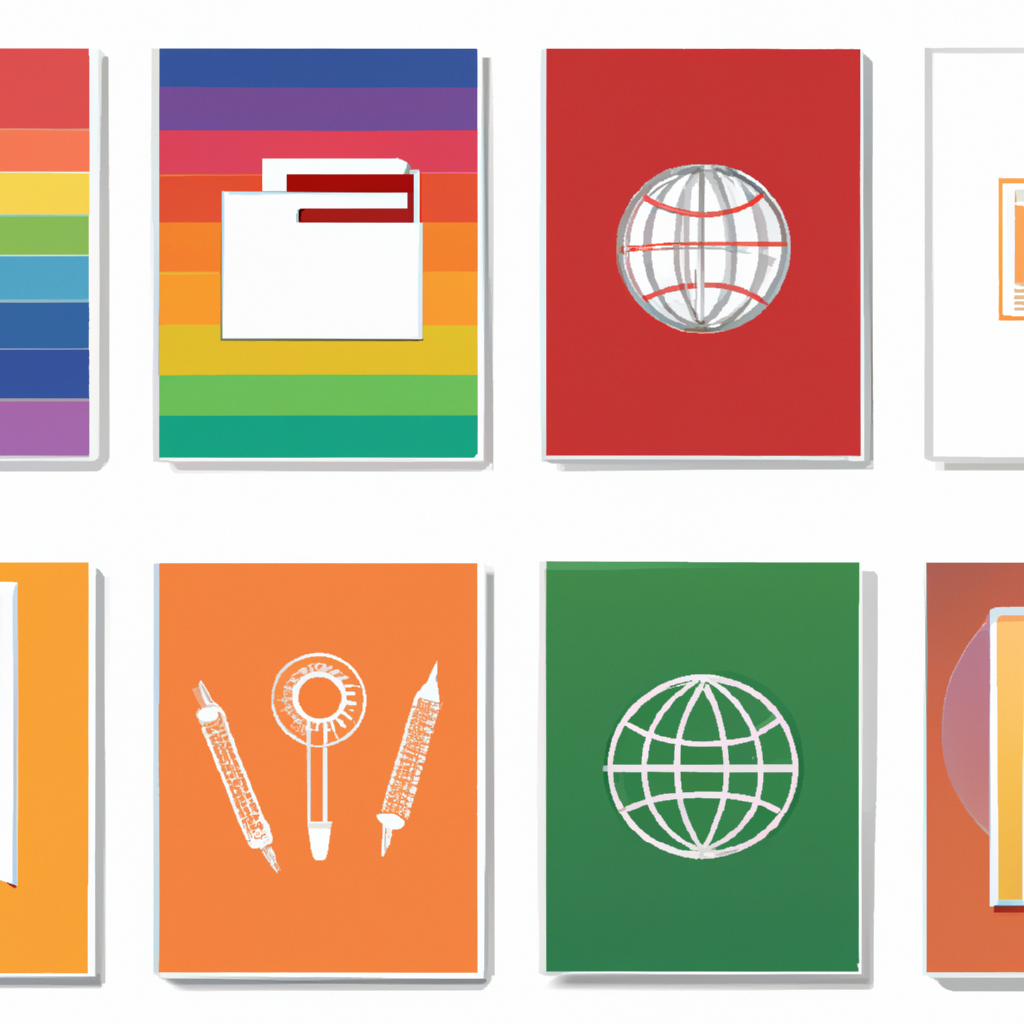
Unlock Creativity: Exclusive Offers from Your Design Studio Hub!
Ah, minimalist design. It’s one of those things that seems like it just popped up overnight, but if you look closer, you’ll see it’s been quietly evolving over decades in the nooks and crannies of design studios all around the world. I remember my first encounter with minimalist design. It was way back in college when I stepped into a friend’s apartment and was utterly floored by the lack of stuff. No clutter, no mess—just clean lines and open space. At first glance, it looked bare to me—a stark contrast to my own room which resembled something between a flea market and an art supply store.
As I began delving deeper into design myself, I realized how powerful minimalism could be. It’s not just about having less; it’s about making every element count more than ever before.
Take for instance Apple’s approach to their products—simple yet incredibly intuitive designs that have become almost iconic in our daily lives. It’s hard to imagine technology today without thinking of sleek edges and user-friendly interfaces that seem so effortless but are actually meticulously planned down to every single detail.
But this isn’t only happening in tech; contemporary interior designers have also embraced this philosophy wholeheartedly. A few years ago, I visited a small studio in Copenhagen run by a couple who were passionate advocates of minimalism. Their space had an understated elegance—furniture pieces with gentle curves made from natural materials like wood and stone paired alongside neutral color palettes—and boy did they make an impact! Despite having fewer items in their office, each piece seemed purposeful as if it belonged right there under the soft Scandinavian sunlight streaming through large windows.
And let me tell you about my own experiments at home inspired by these visits… My living room went from being stuffed with knick-knacks collected on various trips (which truthfully gathered more dust than admiration) to featuring just two or three standout pieces including a cozy armchair passed down from grandma—it immediately felt bigger somehow even though nothing physically changed except what I’d removed!
What’s fascinating is how these principles are applied differently across cultures yet maintain some common threads: simplicity reigns supreme regardless whether we’re talking Japanese Zen gardens or Nordic log cabins tucked away amidst snowy landscapes—the emphasis remains always on functionality meeting beauty harmoniously without excess distraction involved whatsoever.
One thing many folks might not realize about working within such constraints is how freeing they can actually be creatively speaking—I know firsthand too well after spending hours reimagining old spaces using new perspectives gained through learning this very ethos myself over time again & again…
Now don’t get me wrong here—we’re not tossing sentimentality aside completely! There’s still plenty love left for quirky collections cherished souvenirs reminding us journeys traveled along life paths—but perhaps now displayed more thoughtfully rather than haphazardly scattered everywhere all at once?
So next time you’re wondering how best incorporate elements minimalistic style your personal workspace maybe consider starting small: clear desktop clutter introduce touch nature via potted plant strategic placement wall art speaks volumes little else said needed beyond mere presence itself truly does wonders affecting mood productivity levels alike (trust!).
Ultimately journey embracing minimalism continues evolve much same way we do individually collectively society as whole adapting shifting trends needs desires whatever may come future holds surely will remain timeless testament power simplicity guiding light midst chaos complexity surrounding us everyday…
Leave a Reply